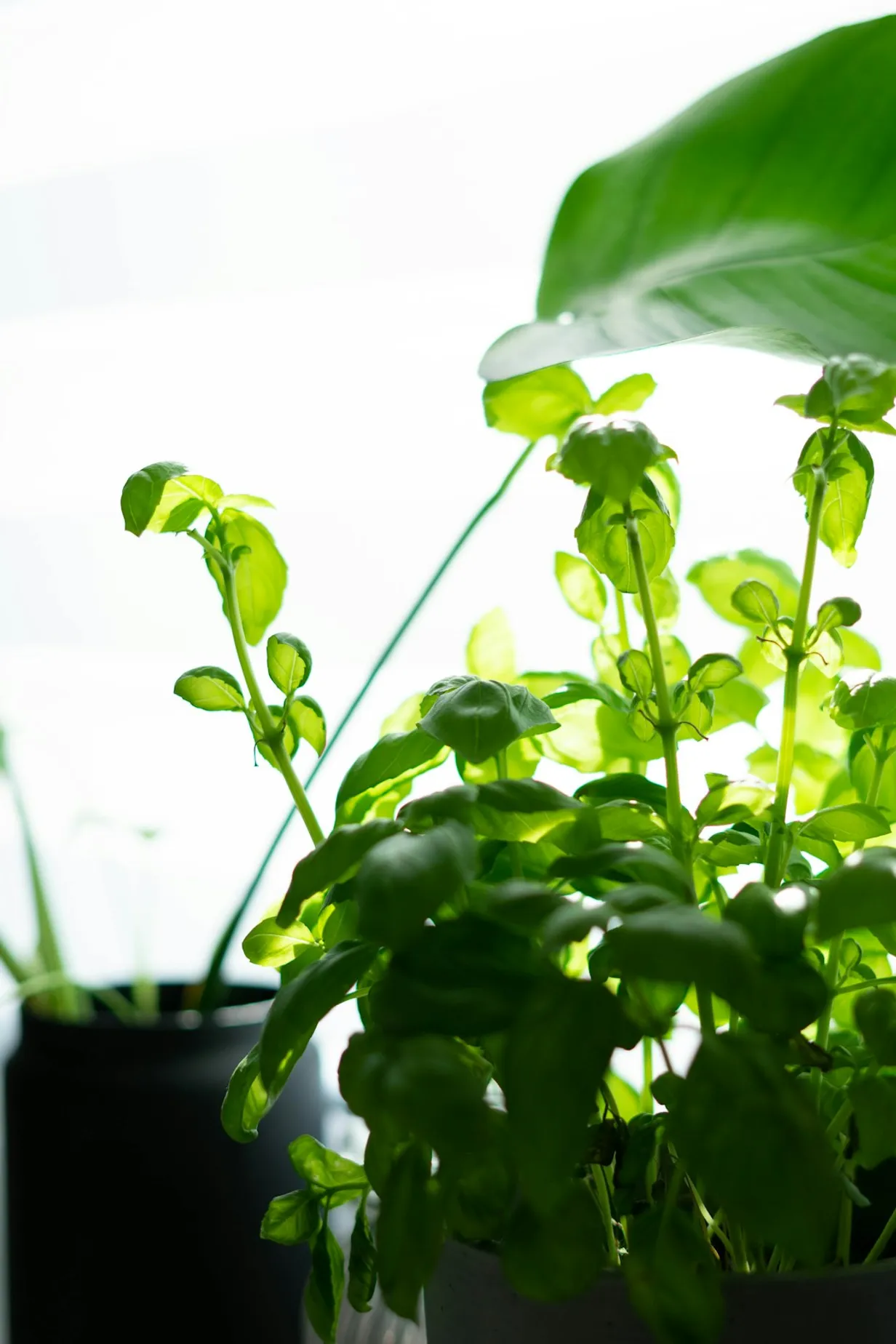Designing a Green Kitchen: Eco-Friendly Practices for Culinary Spaces

Introduction to Green Kitchens
In today's world, designing an eco-friendly kitchen is a rewarding practice that marries style with sustainability. As one of the most used spaces in a home, the kitchen holds immense potential for energy-saving innovations, environmentally friendly materials, and waste reduction. In this guide, we will explore how to integrate eco-conscious choices into your kitchen design.
Choosing Sustainable Materials
Recycled and Reclaimed Materials
Using recycled or reclaimed materials for cabinets, countertops, and flooring is a sustainable choice that adds character to your kitchen. Options include reclaimed wood, recycled glass for countertops, and tiles made from post-consumer waste.
Bamboo and Cork
Bamboo and cork are excellent renewable material choices for kitchen flooring and cabinetry. They grow quickly and are biodegradable, reducing their environmental impact.
Energy-Efficient Appliances
Invest in Energy Star Appliances
Energy Star-rated appliances use less energy and water compared to standard models. Opt for refrigerators, dishwashers, and ovens with this certification to save energy and reduce utility bills without sacrificing performance.
Induction Cooking
Induction cooktops are not only energy-efficient but also offer faster cooking times and precise temperature control. They use less energy by directly heating pots and pans rather than wasting energy on heating the surrounding air.
Minimizing Kitchen Waste
Compost and Recycle
Set up a compost bin for organic waste and a dedicated recycling station in your kitchen to encourage waste segregation. Composting not only reduces landfill contributions but also enriches your garden with nutrient-rich matter.
Smart Storage Solutions
Adopting proper storage solutions helps minimize food waste. Use airtight containers and labels to keep track of expiration dates and store foods efficiently, reducing the need to throw away forgotten perishables.
Water Conservation Tips
Low-Flow Faucets
Install low-flow faucets and aerators in your kitchen to conserve water without compromising on water pressure. This simple change can drastically reduce water usage in daily kitchen activities.
Efficient Dishwashing
Always run your dishwasher on a full load rather than small, frequent loads to conserve water and energy. Choose energy-saving wash cycles for additional efficiency.
Conclusion: Stylish and Sustainable Kitchens
Designing a green kitchen is about making conscious choices that support sustainability while creating a space that is both functional and aesthetically pleasing. Embrace renewable materials, invest in energy-efficient appliances, and implement waste reduction practices to transform your kitchen into an eco-friendly hub that contributes positively to your environmental footprint.
Dive Deeper: More Inspirational Reads
Ready to take your design journey to the next level? Dive deeper into our blogosphere and uncover a wealth of knowledge waiting to be explored. Our curated selection of related articles offers even more inspiration, tips, and ideas to spark your creativity and ignite your passion for home decor. From practical advice to creative solutions, there's always something new to discover in our ever-expanding collection of articles.

The Future of Color: Embracing Bold Hues in Home Design

Transformative Office Lighting Solutions for Sydney Workspaces

Incorporating Wellness Features in Sydney's Office Design
